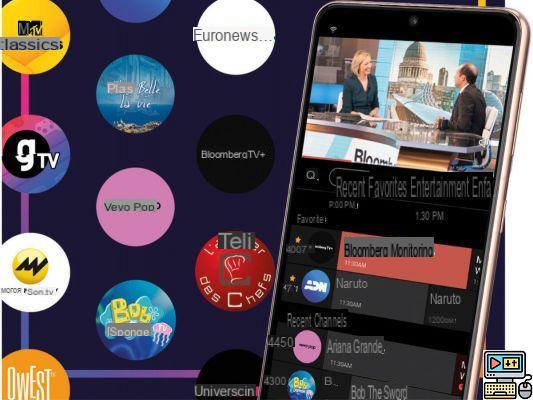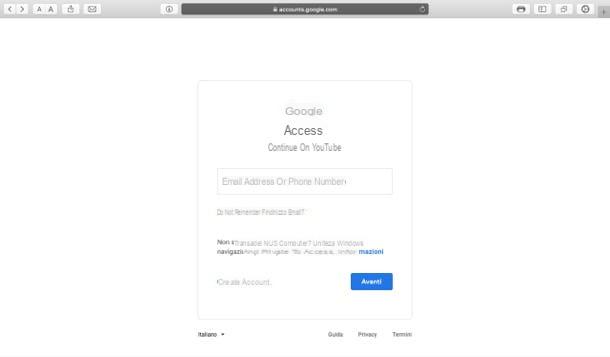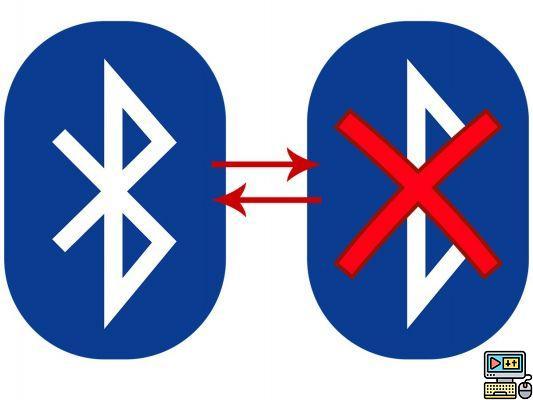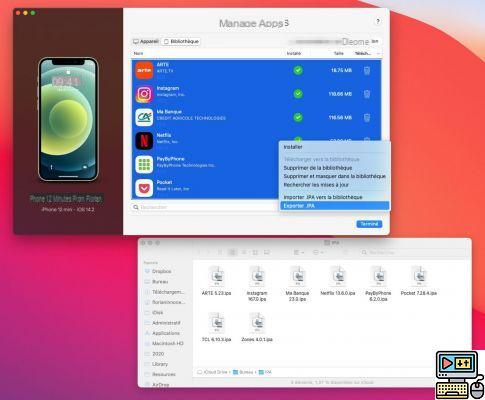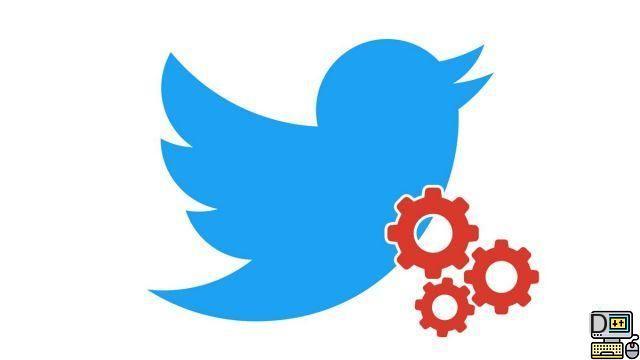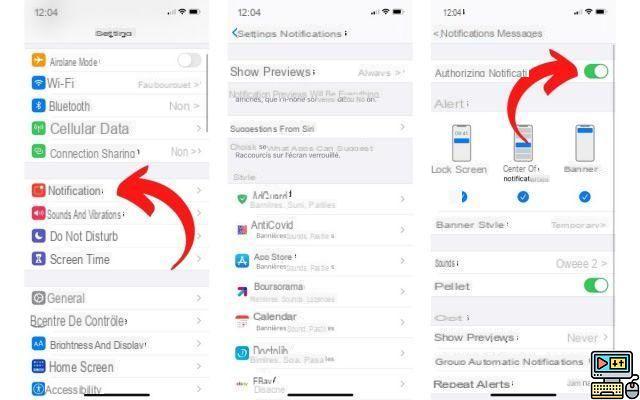On October 23, 2001, Steve Jobs took out of his pocket a device “which is not a Mac”, but which could contain 1000 songs. A real revolution at the time for music, but also for a company dedicated until then only to computers and which will operate a sacred strategic change to reinvent itself.
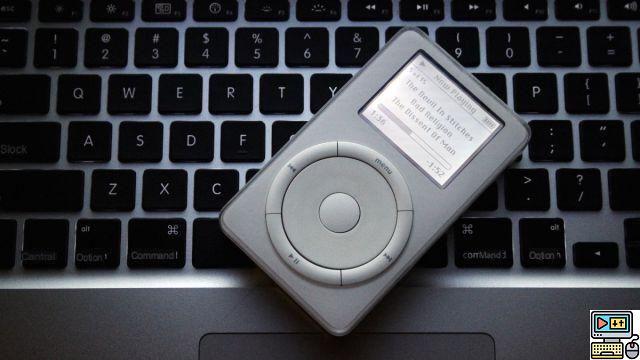
On October 23, 2001, Apple unveiled the iPod // Source: AllaboutSteve.com
Even if Apple gave it a fresh start two years ago, the iPod that has become “touch” is no longer one of the devices instinctively cited when asked to name emblematic Apple products. However, without it, there would probably be no iPhone, no iPad, no Apple Music or even music streaming services at all.
This is no disrespect to Sony and other manufacturers who had made music portable long before Apple even initiated the use of MP3 before the iPod was born. But as often, Apple has seized the little thing that makes the difference to generalize a use and make it an essential good. In the case of the iPod, it was nothing less than thinking of the music to be downloaded, piece by piece, without being able to exchange it to preserve copyright and private copying... and also to sell individual the music in the title and more in the whole album.
The affront of Adobe at the origin of a turn for Apple
To say that the invention of a device as small as the iPod for listening to music on the go comes from a company whose core business was to make rather massive computers and to target more video rather than music in which Steve Jobs believed moderately.
But it seems that only fools don't change their minds… and without that, the face of the music we know today would undoubtedly have been greatly changed.
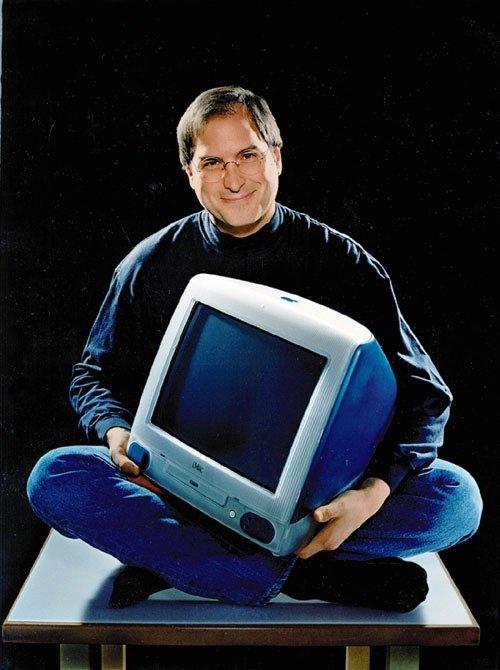
In 1998, Steve Jobs is above all the man of the iMac // Source: AllaboutSteveJobs.com
Steve Jobs has forged a visionary image, but in 1999, he is more focused on video. Camcorders are legion, people want to edit their videos on a computer and the iMac or Mac must become essential for this, whether the user is professional or not. He first focused all his attention on the quest for high-performance video software. Jobs asks Adobe to create a version of Adobe Premiere for Mac that performs as well as the popular one on Windows. To his amazement, Adobe, a company he helped create, refused him on the grounds that there were not enough potential users. And to top it off, the firm also does not want to adapt Photoshop and other programs from its suite on Mac OS X while graphic designers and creatives work on Mac.
Jobs is furious. He had an intimate prior conviction that it was necessary to control the entire chain of a system. This episode confirms him in his philosophy. From now on, Apple will do everything to manage its hardware like its software and its operating system, "otherwise we were going into the wall", he confided a few years later to Walter Isaacson, author of his official biography, Steve Jobs . Thus will see the light of day Final Cut Pro for video editing and its free simplified version iMovie, iPhoto for photography, GarageBand for music and above all iTunes, the management tool for its digital library.
The “digital household” must go for a ride
The Cupertino genius wants to digitize everyone's life and this goes through the concept of "digital home" of which the Mac would be the heart, capable of supporting all uses and centralizing all actions to facilitate the user experience. After the video he wanted to be able to edit and the digital photo editing, Jobs understood quite late the effervescence of the music engraved on CD. A phenomenon then in full boom while Napster (in P2P platform version a little pirate at the time) and others like Kazaa know their hours of glory, and that the manufacturers of CD burners like HP see their sales soar .

Napster download software, the successful music hacking tool of the 1990s // Source: coup-de-vieux.com
Apple came late to built-in burners in its devices. And for good reason, Jobs did not find the CD tray system elegant. But, although focused on video until then, he ended up grasping the magnitude of the phenomenon of digital music. Importing music from CDs to the computer became the favorite pastime of many music lovers who also downloaded titles from sharing software before burning everything onto blank CDs. “I felt cheated, I knew that we had missed the boat and that we had to work hard to regain the upper hand,” he then admitted to Fortune magazine. The iMac finally inherited its CD burner, but Jobs wanted more than that.
For him, passing the music from a CD to the computer and then burning his playlists on another CD was far too tedious and above all extremely long for an average user. He needed an application that was ergonomic and more intuitive for him, which, in his view, did not exist on the market. So he went to the creators of Soundjam, a user interface designed for the Mac by three former Apple developers (Bill Kinkaid, Jeff Robbin and Dave Heller) so that it could be used by a then fashionable MP3 player, the Rio . They even added a Jukebox function to manage their music on their computer. In January 2000, Apple bought Soundjam, relieved it of many functions that were too convoluted and parasitic for Jobs. He wanted to make it more "simple and fun" so that everyone could easily find the title, artist or album they wanted, as they wanted. Thus was born iTunes, with a name directly inspired by iMovie.

The music player for Mac Soundjam before Apple reworked it // Source: Wikipedia
With its software for music, Apple needed to have its own digital music player to work with iTunes, without forgetting to go through the Mac to manage more complex tasks (downloading, creating playlists, etc.). The apple brand was known for making computers, it was finally going to diversify its activities and its devices. But for that, Jobs, a great music lover, wanted an innovative device to take over a market where all MP3 players were "really rotten", according to Phil Schiller who regretted that no one really knew how to use it.
An iPod designed in a few months
At the end of 2000, Jobs mobilized its teams to launch the reflection and the design of an in-house digital reader. For a few months, Apple engineers thought about the necessary components, then difficult to find. Above all, they don't want to be as complex and low in capacity as competing devices (about fifteen on-board titles). In February 2001, the adventure will accelerate. Jon Rubinstein, engineer in charge of the project, manages to put together the parts that seem essential to him and above all, the heart of the future reader: a 4,5 cm mini reader capable of storing the equivalent of 5 GB of data, i.e. a thousand securities. Toshiba did not know what to do with his discovery, Apple found for him and obtained the exclusive rights.
To put the pieces together, a master builder was needed. The design expert, Jony Ive, was already on the bridge of other projects and he and his team did not have time to think about the future iPod. Rubinstein then enlisted an atypical programmer, with a slightly quirky and cyberpunk look, formerly of General Magic and Philips Electronic: Tony Fadell. Above all, a man who had already tried to sell his idea of a high-performance digital player to Sony, Philips or RealNetworks. In vain.
 Jon Rubinstein in 2005 //
Jon Rubinstein in 2005 //
Rubinstein had sniffed out the right profile and went all out to get him to come and explain the project to him: to create a music player that works with iTunes. Banco for Fadell who embarked on the project, first as a consultant, because he valued his freedom, then, under pressure from Rubinstein, as an Apple employee. Fadell also felt trapped the day when his hand was forced a little to sign his contract and join the company or leave the project when it was finally on the right track with Fadell at its head.
This misadventure threw a chill between the two men. For many years, they quarreled over the ownership of the iPod, with Rubinstein believing that he had assembled the parts to design the iPod. Fadell judging that he brought it to life and that he had the idea of a reader long before Apple. Jobs didn't care, and he wanted the device to be released before Christmas and introduced in October 2001, almost six months later. An extremely short time.
But Fadell had a premonition: "This project will reshape the face of Apple and, in 10 years, it will be a box dedicated to music, not to computers", he had prophesied to the employees of PortalPlayer, a small manufacturer of MP3 players that Apple embarked on to create the iPod. As so often, Steve Jobs recovered the base to redesign the software, purify it of its too complex functions to keep only a simplified interface. It just had to fit in a pocket like a pack of cigarettes.
“Simplify! »
In April 2001, Fadell presented his concept to Jobs in the form of an advanced model with an LCD screen. Phil Schiller brought him his personal touch, the famous wheel which will make the success of the iPod with its ability to easily navigate the drop-down menus of the interface and quickly skip through a hundred songs by simply turning his finger rather than pressing countless times on a button. Jobs validated the project with a mantra: “Simplify! “, he demanded of his teams. Everything had to be done and the song launched in less than three clicks.
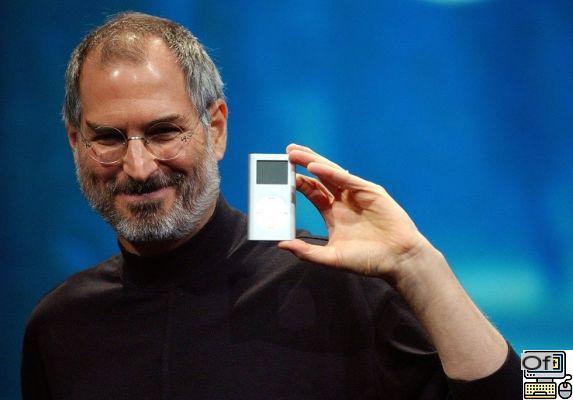
The iPod mini that will arrive in 2004 // Source: AllaboutSteveJobs.com
The boss of the firm had an intuition of size that he imposed on his teams to facilitate use: the multiple functions of the iPod should be managed by the computer on iTunes and not the small device. Playlists would be built on iTunes and then synced to iPod. He also removed the idea of an ON/OFF button to activate the device. It would bet on standby, then on waking up by pressing any key, as will be the case for the following portable devices such as the iPhone. For Jobs, it was as much a functional heresy as a visual disgrace.
On the hardware side, the requirements were just as well thought out: a FireWire connection to download a thousand songs in less than 10 minutes, whereas the usual digital players were excessively slow and provided with an overly complex interface. And none was able to carry so many songs and play it so simply, because the battery was designed to last. After weeks of reflection, he named his device iPod, in homage to 2001, Stanley Kubrick's Space Odyssey and its Pod capsule, but also to iMac, iMovie and iTunes, the new companion and musical ally.
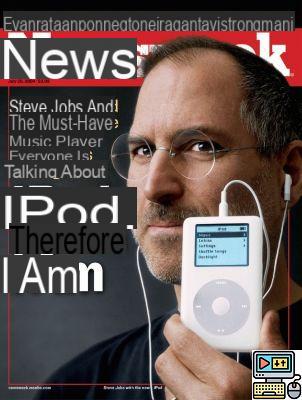
The front page of Newsweek newspaper in 2004 // Source: Newsweek
Because, the iPod in good way, Apple had to decide which pieces could be added to it. Personal CDs were a no-brainer, but a new kind of music consumption was emerging with illegal downloading. Only Jobs, a music lover before the eternal, did not want to encourage piracy and believed that artists were entitled to profits on the sales of their albums. So he laid down rules: music could be moved from the computer to the iPod, but not the other way around to avoid “sharing” music with other users who wouldn't have the rights to it. It is also in this perspective that he will later launch the iTunes Store (2002), to allow everyone to fill their iPod, but also making it possible to purchase music under the title and no longer necessarily by having to pay an entire album. A small revolution was born, not only from the purchase of music online, but also in consumption.
A product to boost Macs that will have to rely on Windows
Even though he has now jumped ship, it's still hard to talk about the history of Apple and its flagship products without mentioning Jony Ive. He was the official designer of the Apple brand, the man to whom we owe the Macintosh, the PowerBook, the iMac or even the iPhone, the iPad, the Apple Watch and the MacBook Air. It would have been incongruous that the iPod was done without even a mini intervention on his part.
Ive ended up getting involved late on the project, when it was obviously necessary to find a look for it. He wanted something "luxurious and serious", expressing serenity and restraint, he will explain in the biography of Steve Jobs. For this, he wanted pure white on the front, his fad since his studies, and a black stainless steel back, all without visible junctions or welds to look premium and not gimmicky. Alea Jacta Est. Steve Jobs nodded. He even felt the power of his device and the fact that, by having to work with the iMac to transfer his music, he would also boost sales of the latter. Apple invests more than reason in the communication around the walkman (we are talking about 75 million dollars at the time), because Jobs firmly believed in the possibility of seeing the iPod dominate the sales and the market of digital walkmans.
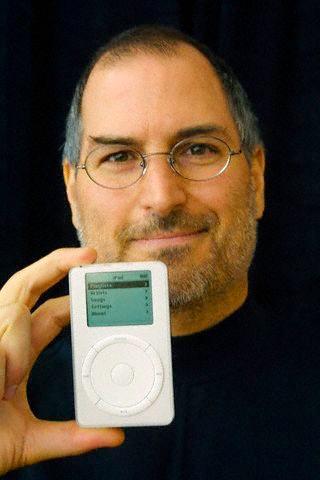 On October 23, 2001, Steve Jobs takes the iPod out of his pocket //
On October 23, 2001, Steve Jobs takes the iPod out of his pocket //
Postponed for a few days due to Rubinstein's marriage, the iPod was inducted on October 23, 2001, taken out of Steve Jobs' pocket during a keynote that promised something new that "isn't a Mac", like the proclaimed the invitation. History is underway for the iPod, which will sell over 400 million units in its various subsequent versions (iPod nano, iPod video, iPod shuffle, etc.). However, all does not start under the best auspices.
The iPod is sold at nearly 400 dollars (about 345 euros) and it has a big handicap: it only works with a Mac, a market then reduced to a trickle compared to Windows PCs. Jobs initially believes it will bring users to the Mac. He is wrong and it is he who will have to give in in 2002, when the next generation of iPod arrives. It gets along with MusicMatch to enable music transfer from PC to iPod. And in 2003, iTunes made its appearance on Windows. The democratization of the product will be able to begin… provided you have content to put in it easily.
And Jobs also changed the music industry
All that remained was for Jobs to convince record labels to embark on his larger iTunes Store project to make it even easier for iPod owners to integrate music. “We think that 80% of people who commit these thefts (illegal downloading, editor's note) do so reluctantly (…), because they have no legal alternative,” Jobs told Esquire magazine. For him, it needed a better service than those offered by the record companies to avoid making thieves. To entice him, he first touted the fact that single titles would be sold for 99 cents, but that this "cut sale" was essential for the good of a market where album sales CDs were beginning to falter with the skyrocketing of recorded music and piracy.
Apple alienated artists like Trent Reznor, the founder of Nine Inch Nails who believed an album was a whole and pieces telling a story together. The majors, reluctant at first, ended up not being convinced by a man who promised them a simple experience, a store with titles protected by digital padlocks, DRMs that prevent piracy and transfer.
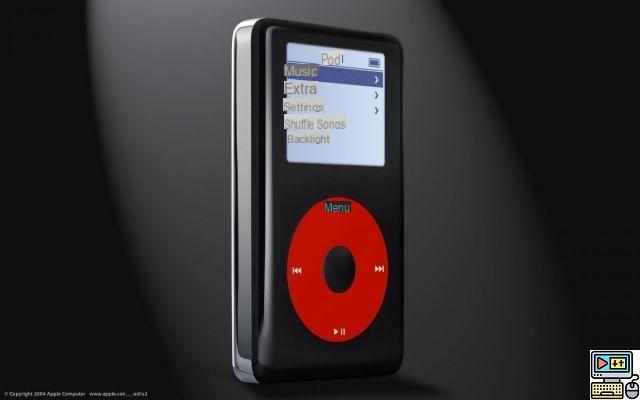
The iPod in partnership with U2 in 2004
In 2003, Apple pulled all the strings. He has his iPod, his store to buy pieces of music individually (iTunes Store), his management software (iTunes), on his own device (Mac) and even at the competition (Windows PC). The circle is complete. The stars are jostling. U2 will be entitled to its special edition, it's fashionable to be photographed or filmed with your iPod when you're a celebrity, etc. Everyone snapped up the device, which then represented more than 40% of Apple's profits. The company is entering a new era, that of more compact accessories and devices that come alongside computers. It is no longer a Mac-only company and the iPod will experience, especially during its first decade, significant changes, becoming thinner, smaller, with video, or even tactile over time.
 The iPod goes for color in 2004 //
The iPod goes for color in 2004 //
The iPhone will be directly inspired by the iPod - which will gradually disappear from the forefront with the rise of the latter -, the Apple Watch also in a way with its touch screen, its possibilities and its digital crown with haptic feedback for navigating in the menu, a worthy successor to the iPod wheel. But it is also the consumption of music that will be changed.
From then on, the music can be carried in your pocket, loaded individually, can be listened to at will and according to playlists drawn up according to everyone's tastes. Sort of like music streaming these days, worthy heir even more digitized.
 Tim Cook, 10 years of reinventing Apple and himself
Tim Cook, 10 years of reinventing Apple and himself

He is arguably one of the best-known faces in tech, as much for running one of the flagship companies as for his stances. This August 24, 2021, Tim Cook celebrates his 10…






